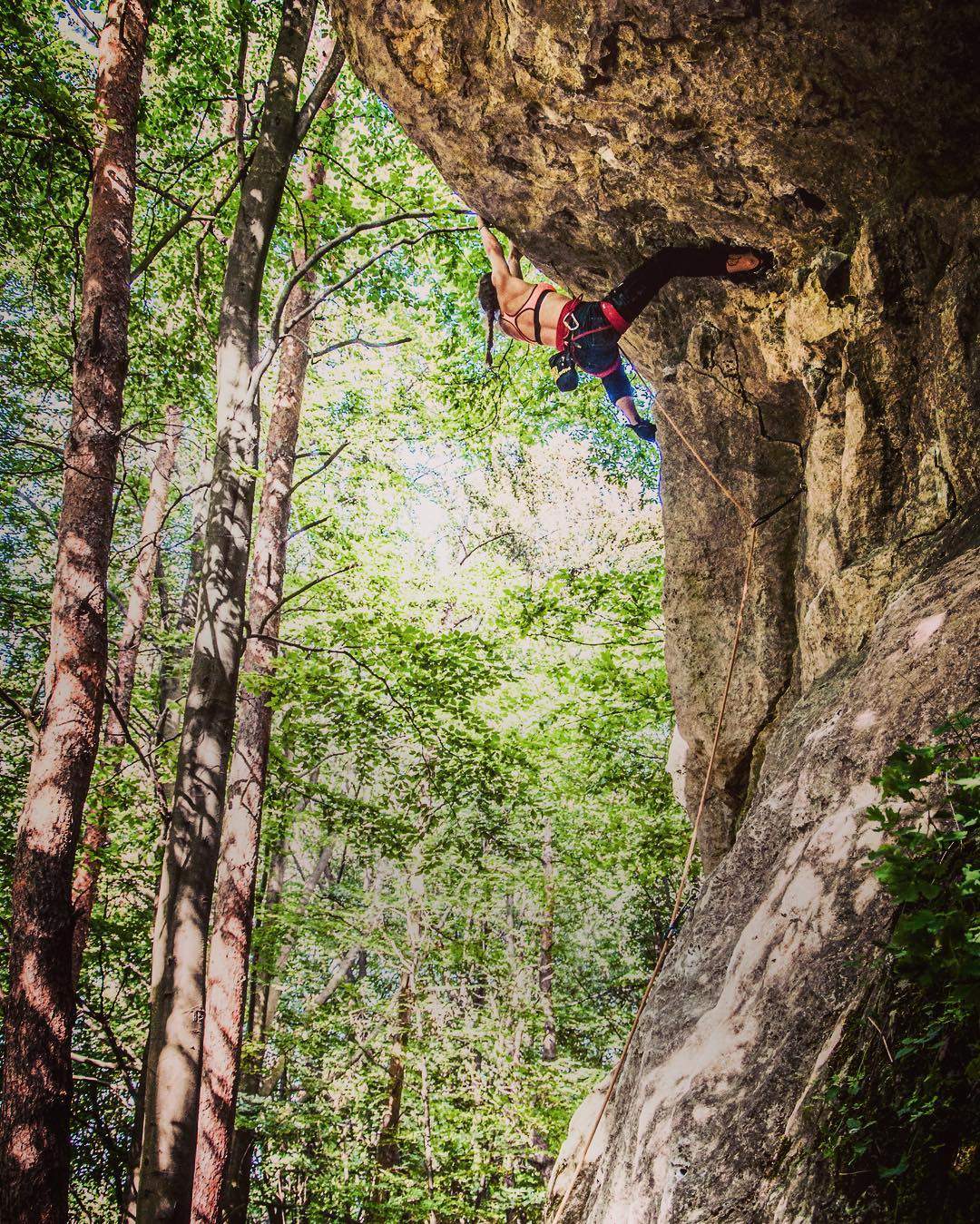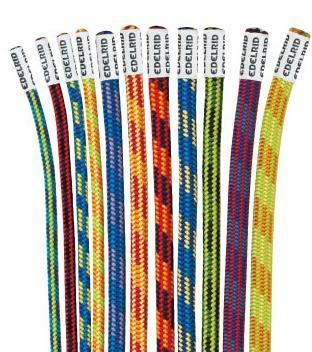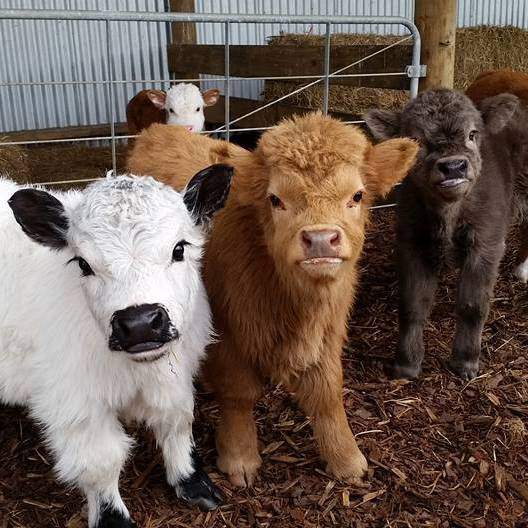Let’s discuss 7 steps to become a more sustainable climber: “To do good, you actually have to do something,” Yvon Chouinard said (ironically, in an American Express commercial. But hey, it’s a mad inspirational commercial!).
Start with these simple actions to limit your impact.

Photo credit @lenadrapella
(1) Practice Leave No Trace (LNT)

Climbers might argue the ethics of ground-up versus rap-bolting ad nauseam, but in general, being an ethical, sustainable climber is not excessively complicated. It starts with practicing Leave No Trace (LNT).
LNT is a set of guiding principles that limits our human impact on natural spaces. You can read the seven principles here, and the specific rock climbing ones here. They include guidelines such as stay on the trail, pack out your trash, minimize chalk use, extinguish campfires properly and respect wildlife. Simple but crucial stuff.
Explore 3 training question that every climber asked, here!
Remember that every place you climb has different conservation issues. In many desert locales like Red Rocks and Moab, for example, you have to pack out your poop because it will not decompose naturally, even if you dig an appropriate hole. It’s a pain, for sure, but do you want to step in some dude’s poo while walking through the desert? No, no, no.
Disobeying LNT can get you in other kinds of deep shit, too. The Cold Springs fire in Boulder County this past July – which destroyed several homes, evacuated over 2,000 people and dispatched hundreds of firefighters – began when two men failed to extinguish a campfire properly. They were charged with fourth-degree arson and will likely serve 2-6 years in prison. One thing’s for sure: there’s no rock climbing in prison.
Practice LNT. Be a steward for the places you love.
(2) Join The Access Fund

It’s easy to pretend that climbing outdoors is free (except for your fancy dry-treated rope, your new X4 cam…). In reality, it takes many dedicated individuals to maintain, protect, and provide access to climbing areas. The Access Fund represents and fights for your interests as a climber. It works with local landowners and communities to open up climbing areas, pushes land policy efforts in D.C., educates about stewardship and local conservation issues… a whole slew of excellent initiatives you can learn about here. It takes virtually no time to give or join, and if you do, you get all these fancy member benefits!
Of course, money isn’t the only way to support these projects. You can give your time and energy, via volunteer opportunities like trail clean-up or adopt-a-crag. Or you might want to support other organizations, like the LNT Center for Outdoor Ethics or your local climbing club (find yours here).
Dirtbags are cool; freeloaders aren’t. Do something to give back.
(3) Buy Eco-Friendly Gear

Did you know that there are vegan climbing shoes? (Check them out here. Steph Davis switched from FiveTen to Evolv shoes for this reason). Or that Organic Bouldering pads are handmade in the U.S.? Or that Blue Water Ropes are made by a small, family-owned company in Virginia? That Edelrid ropes are certified bluesign, which means every input and output of their manufacturing process is analyzed to eliminate harmful substances and byproducts? (Other bluesign companies include Patagonia, The North Face, Helly Hansen, Deuter, Mountainsmith, and PrimaLoft).
Each of us possesses purchasing power. Weigh what qualifications are important to you, whether that be vegan, made in the U.S., made from recycled material, etc., and put your money behind those products. Yes, it requires a little research and forethought. Boohoo, no impulse buying at REI… but you never feel good about yourself (or your bank account) when you do that anyways, so.
(4) Also, Buy Less

Trying to find a jacket in your closet shouldn’t look like this.
Sometimes I’m amazed by the consumerism of the outdoor industry. It’s reduce, reuse, recycle… not buy a butt load of stuff and recycle it so you can buy more. No, this doesn’t mean I’m not going to replace my rope every three years. It means I’m not going to buy a fifth fleece just because I want something new and shiny (oh, and those fleeces are terrible pollutants, too).
Resist the temptation to buy unnecessary gear. Invest in high-quality products in the first place. Outdoor gear is expensive, and I understand the need/desire to buy the cheapest option. But usually, those products blow. You end up having to spend more money down the line. The best product is not always the priciest, but it’s almost never the cheapest. Commit to high-quality gear and it will pay you back in multitudes.
And of course, when you’ve damaged or exhausted items, repair or recycle them whenever possible.
(5) Bike When You Can, Carpool When You Can, Fly… Sometimes?

Just think how swug you’ll look when you show up to your office like this.
Bike to work or the gym. Carpool to the crag. These actions are easy and obvious. The flying thing – less so.
Planes emit an eff-ton (FYI, that’s a scientific measurement). But whether it’s better for the climate to drive or fly to faraway climbing destinations depends on variables like where you’re going, the vehicle you’re driving, and if you’re traveling solo. This article does an excellent job of analyzing the comparison.
For climbers, generally driving always makes more climate and practical sense. First, when road tripping to a climbing spot, we usually have ropes, tents, fuel… You’re not even supposed to fly with a lighter. Second, if you’re driving to Red Rocks from Minnesota as I did last spring, don’t you want to stop in Salt Lake, St. George, Moab? Third, since climbing is a partnered sport, we’re rarely driving alone. According to the article above, “with a few people in the car, ‘driving becomes less energy intensive than flying (even after taking into account the increased weight that the vehicle needs to carry).’ ”
(6) Wash Your Nasty Gym Clothes In Cold Water

It’s a small habit, but you’ll save energy and cut emissions when you wash clothes and gear in the laundry machine on cold. According to the Sierra Club, “since 86 percent of the energy consumed by a washing machine goes to heating the water, one household can eliminate 1,600 pounds of annual carbon dioxide emissions by washing in cold.” Tide reported in 2014 that “if all U.S. loads were switched to cold washing for 1 year, it could save the same amount of energy as produced for up to 20 months by the Hoover Dam.”
If you’re thinking, “ew, how will my clothes get clean?” washing on cold gets your clothes just as clean. Just ask Martha Stewart. Plus, you won’t have to sort out whites and colors, which is literally the worst. And nothing will shrink. Win-win!
(7) Eat Less Meat

Cows are super cute anyways.
Decreasing or eliminating your meat consumption reduces water consumption, land degradation, and fossil fuel emissions. It is difficult to overemphasize what a large negative impact livestock and global meat production have on the health of our environment. It’s not the only thing you can do diet-wise to reduce your impact, but it’s a significant and tangible step.
You don’t have to become full-blown vegan or a vegetarian. I recently began eating meat again after six years of vegetarianism, so I’m not one to lecture. Practice moderation. Limit meat to one meal a day or once a week. Go meatless on Monday.
As in all your pro-environmental endeavors, heed the advice almost-vegan, sustainable guru Alex Honnold. He writes in Alone on the Wall, “I’ve tried to approach environmentalism the same way I do my climbing: by setting small, concrete goals that build on each other.”
Climb on!
Drew






